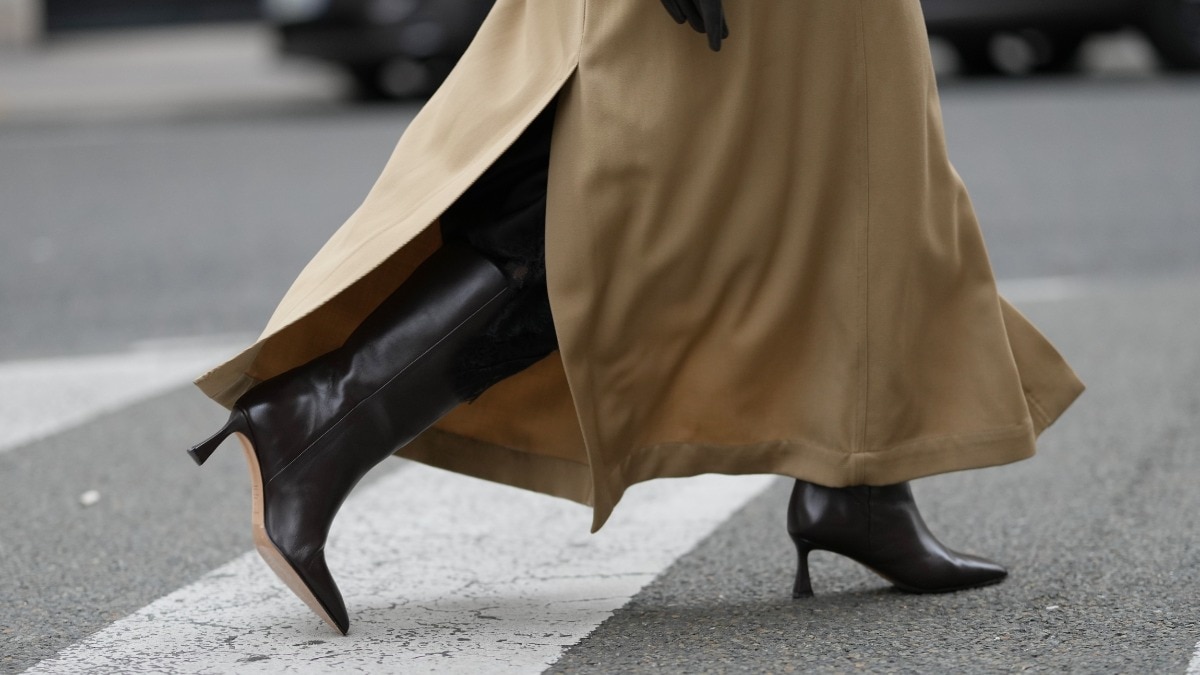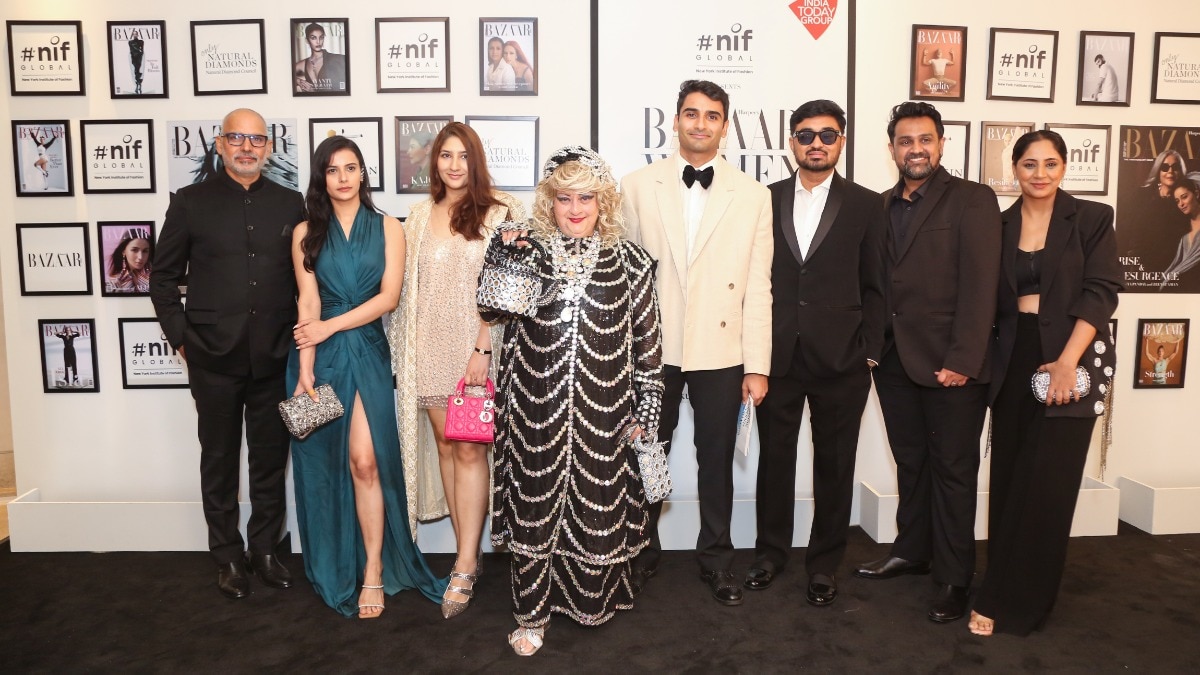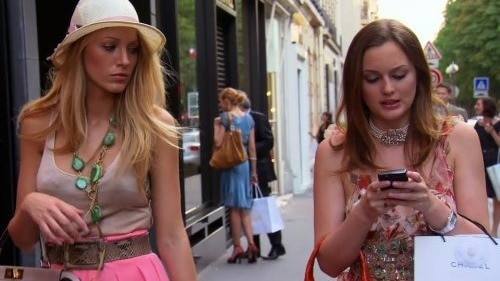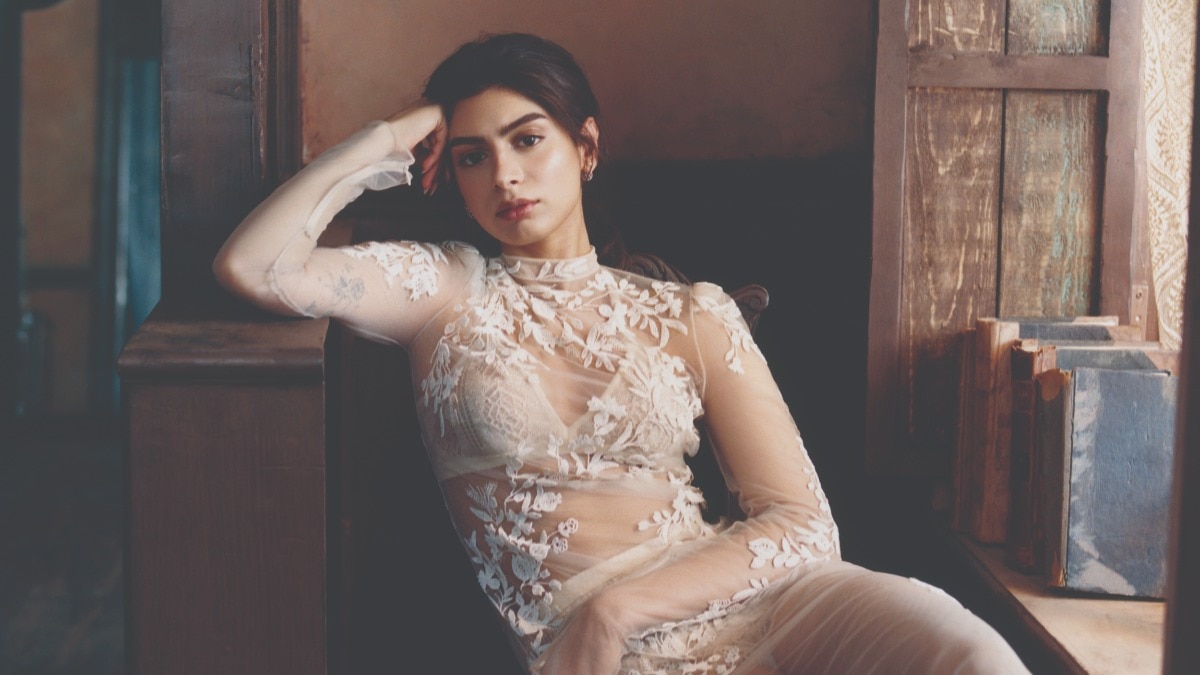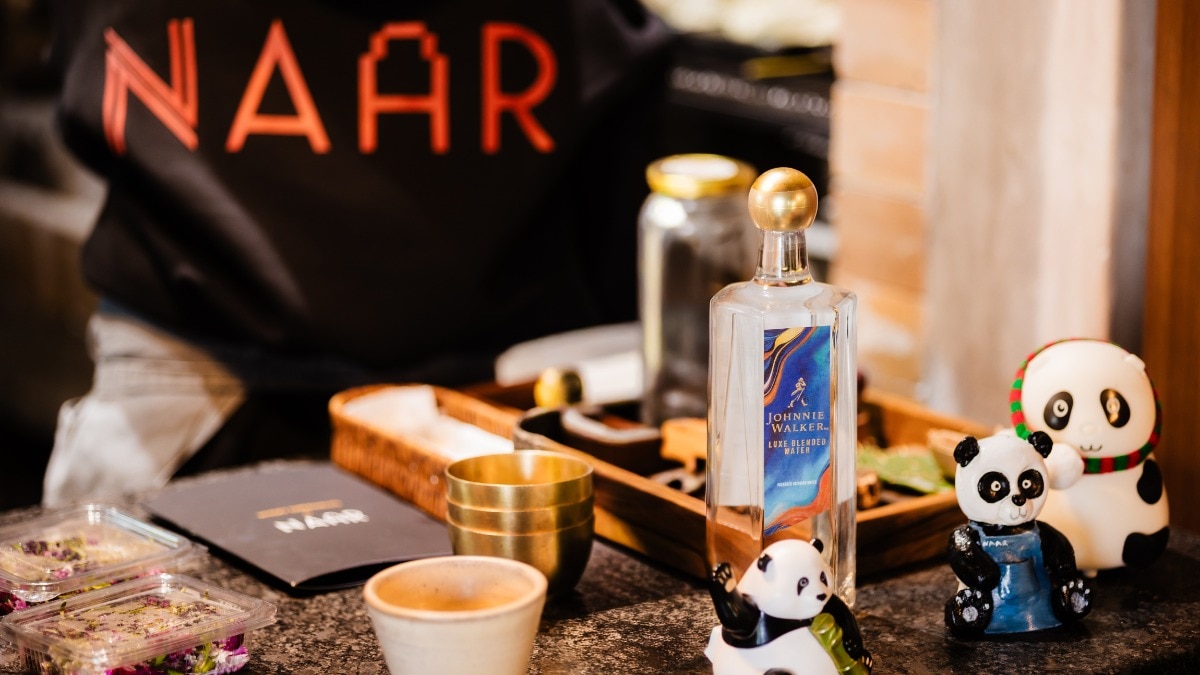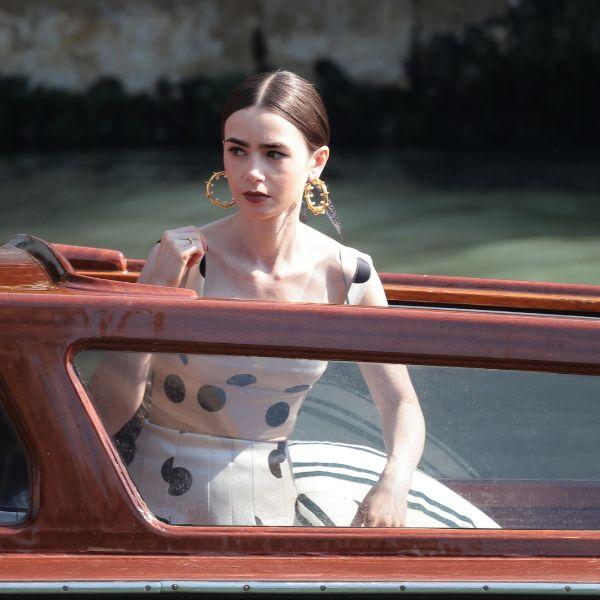
Spoiler culture: Is the paparazzi ruining the plot?
Amidst whispers of long-awaited sequels like 'The Devil Wears Prada' and the latest season of 'Emily in Paris', does too much information kill the excitement?

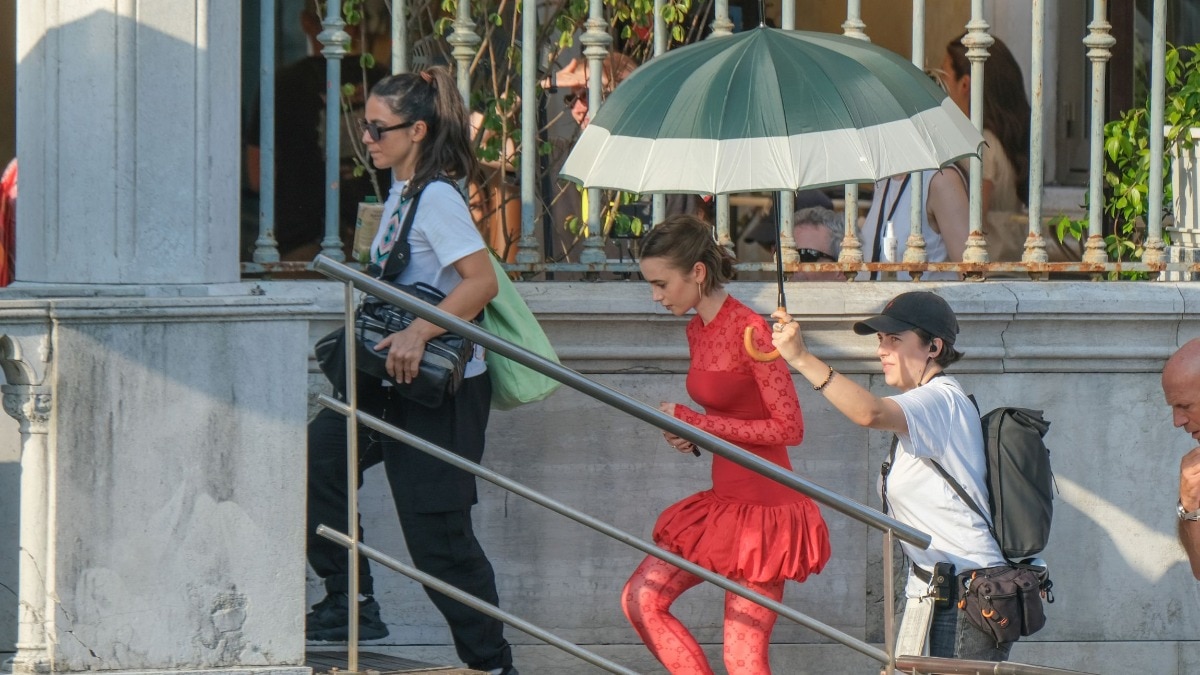
The most anticipated moments of screen culture no longer debut on screen. They drop—out of context and algorithmically amplified—via grainy photos in the middle of the afternoon. A star steps out, thirty lenses click, the look ricochets across social media platforms. From fashion moments to key special appearances, the plot is revealed before the director even calls “action”. By the time the episode or film lands, it could be several months later. The surprise is stolen, and the scene feels less special somehow, owing to that vague sense of déjà vu.
Glam glimpses or mood-spoilers?

The era of mystery seems to have no prestige today. Movie stars are no longer infamously protecting their privacy or leaving you guessing about their next move. To be fair, the paparazzi have never had this much access, either. Every gate of social media is open, and the rumour mills churn faster than ever, feeding into the frenzy. This is the new spoiler economy of paparazzi culture: an attention engine that feeds on advance glimpses and breathless “first looks”.
Our favourite movies and shows often feel like the perfect form of escapism. Cult-favourites like The Devil Wears Prada and Emily in Paris are coveted for their fashion, looks, and starry cast. The viewers breathlessly await the latest couture drop as much as they do the newest, exotic locale. But when the sidewalk becomes the set, does the blinding glare of the paparazzi lens puncture a hole into this fantasy?
The hype culture
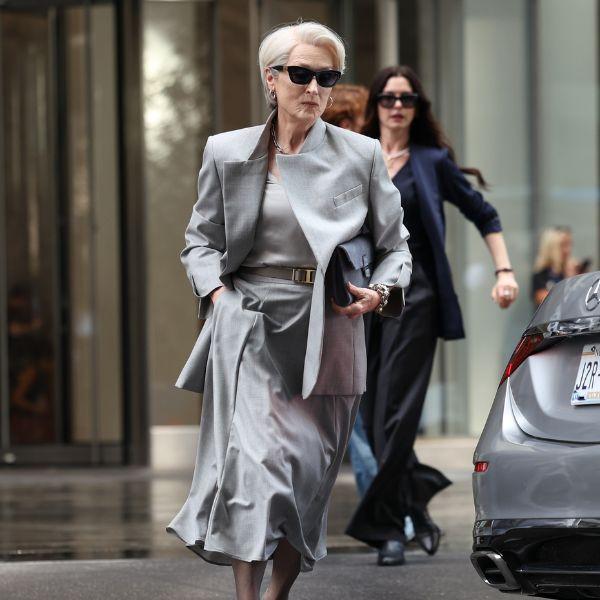
In fashion-forward movies and shows, the wardrobe is braided with the narrative. A character isn’t just dressed—meticulous planning ensures the right mood and moment behind introducing a look on screen. When even a glimpse of this is sent out into the world before its planned release, a sense of feeling “cheated” goes both ways. For the makers, the magic of the moment is lost. For the viewers, eager as they might scroll through or zoom into the look, the final effect of actually seeing it on screen can be somewhat diminished.
Instead of gasping as Miranda steps up in a sharply tailored ensemble or as Emily strolls into a café in a pistachio-mint minidress, viewers are likely to recall the “first look from the set” carousel they double-tapped. So the memory may be fond, but it’s certainly not novel.
An uneasy symbiosis
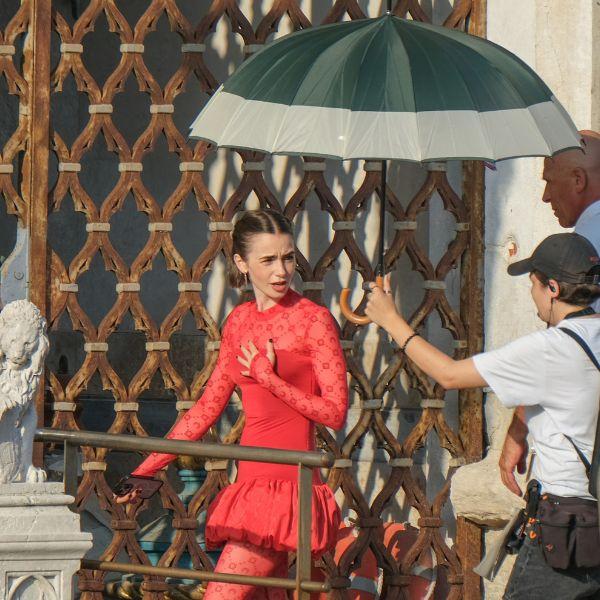
The unsaid agreement between productions and the paparazzi has existed since time immemorial. Photographers hand over free publicity, and studios benefit from the chatter. But the advent of influencers feasting on engagement means that there’s a constant cascade of content. Volume is mistaken for value; when everything from reaction videos to speculative threads threatens to take over the viewer’s rosy-hued escapade.
This has a domino effect: when the excitement has reached great heights, they must dig into their pockets and imaginations to create far more lavish sets and extravagant marketing ideas. This could even result in the viewer feeling overwhelmed with the amount of content they’re being subjected to. It’s like devouring the appetisers and mains to discover there’s no room for dessert on the release day.
The silver lining
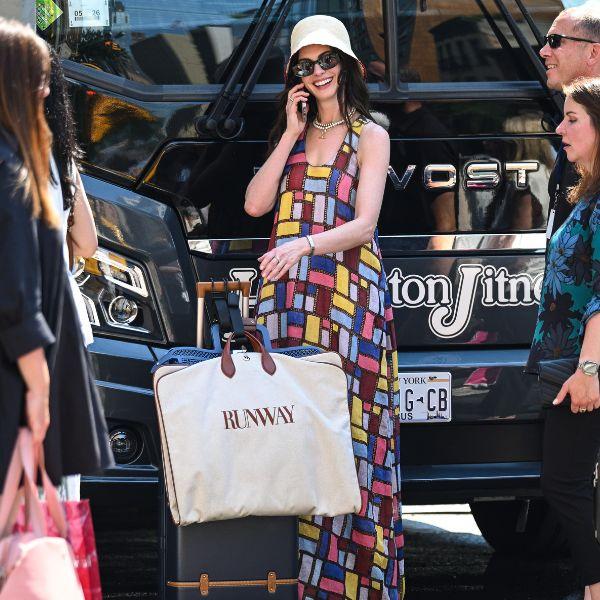
Beyond navigating logistical nightmares, overcrowding, and harassment, as actors try to film their shot, there is the adoration of millions. Many viewers genuinely love the trail—the thrill of piecing together the new plot from stray photos and guessing which designer landed a key placement. For others, an early glimpse heightens the eventual payoff: when the scene arrives, they feel included, as if they’ve had an insider’s advantage.
The harm creeps in when the pre-release noise becomes the point. When people feel they’ve seen it already, they might skip the episode; when creative teams design for excitement first, narrative second; when negative snap judgments solidify into out-of-context backlash that smothers nuance before the story has a chance to speak. In such a situation, the camera doesn’t just capture; it distorts.
However, thoughtful behind-the-scenes peeks and pre-release marketing material that’s been sanctioned by the production houses can definitely deepen the viewer’s overall experience. The idea is to whet the appetite, not over-stuff it.
All images: Getty Images and Backgrid
Also read: A feast for the eyes: How edible colours are dominating the runway
Also read: Poplin dresses that deserve a spot in your wardrobe this season



